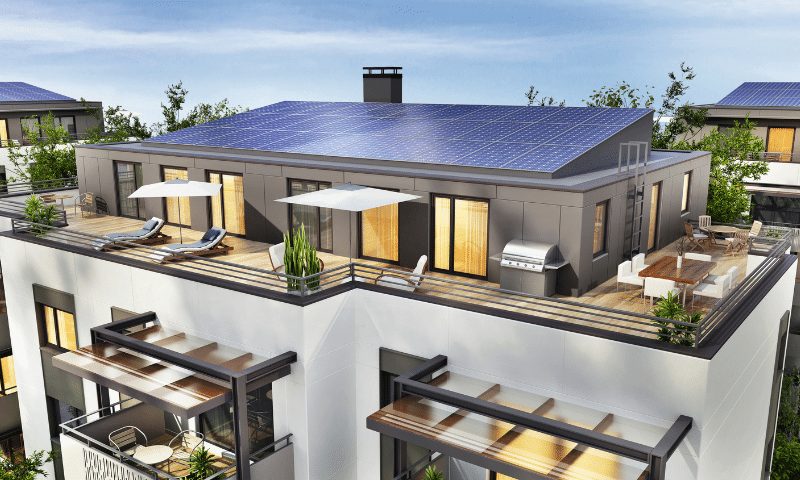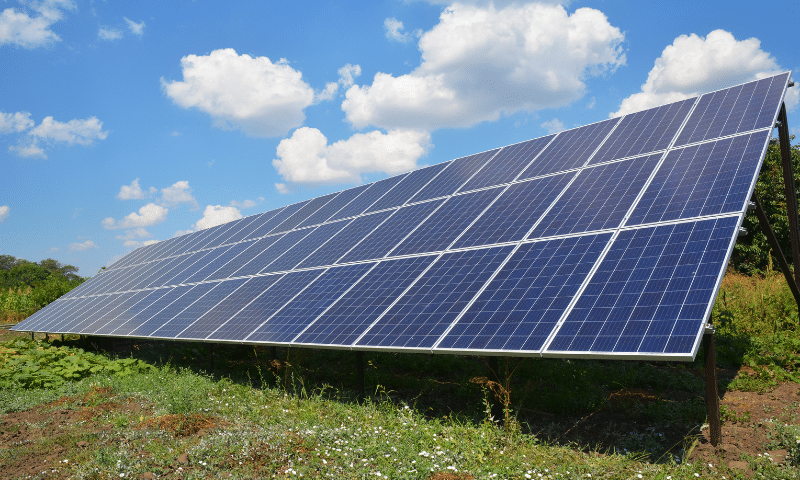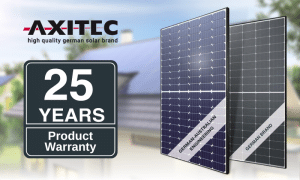Over 2.2 million Australians live in apartments, units or flats. If you live in an apartment, you may believe that solar isn’t a feasible option for you. Not only are you limited by roof space but apartment living often means sharing amenities with other residents on your lot – and that usually includes the roof. These complexities and other constraints related to technology and strata laws have meant that, statistically, apartment solar is a significant gap in the market.

So, how can you reap the benefits of solar as an apartment owner?
The good news is, there are now several options available that make solar a possibility for apartment dwellers in Australia – even if not in the conventional sense. Here are three options to consider if you’re interested in going solar as an apartment owner.

Solar Sharing
When you live in an apartment, decisions about the property – including whether to install solar – are often made by a collective group, your strata or body corporate. This can be difficult territory to wade through since not everyone has the budget or desire to invest in solar. In most states, more than 50 per cent of owners, including landlords, need to agree before any changes can be
made to the property.
It’s not uncommon for apartment complexes to use solar to power common areas and amenities like car parks and lifts, but it’s much more complicated for apartment owners to have access to solar for personal use. Apartment owners can seek out an individual system but still need approval from the owner’s corporation to license or lease a common area for individual use. If multiple owners are interested in their own system, you’ve got the additional complexity of limited roof space and the need for individual cabling.
Fortunately, there is an emerging solution to these problems – solar sharing gateways. This means that a single solar system, with the help of a solar splitter, can be shared between multiple residents. Participants split the cost of the system and enjoy the benefits of a greatly reduced electricity bill.
In Melbourne, Allume Energy has created a solar sharing platform called the Solshare. It’s marketed as an industry-first technology to ensure that apartment dwellers can benefit from solar energy in the same way a resident of a free-standing house can. The SolShare’s sharing algorithm responds to each owner’s usage, which directs the solar to where it’s needed to maximise consumption and savings. This means that owners will receive their portion of solar energy when they need to use it and when they will save the most money.
Not all residents need to participate – the solar is directed from the single system on the rooftop only to those apartments which are connected to the SolShare behind their meter. This might still pose a problem as the roof is a common zone, but it certainly simplifies the process of going solar as an apartment owner.
Solar sharing platforms such as Solshare are working with property developers to introduce the technology at new apartments before buyers are in the picture. This would resolve the buy-in issues that often block solar installation in apartments.
Currently, the SolShare platform is limited to low-rise apartment dwellings, as high-rise apartments typically have too small a roof space to accommodate a system large enough to service all owners.
Community Solar Gardens
If strata laws or logistical constraints (i.e. living in a high-rise building) make it too difficult to install your own solar system or participate in solar sharing, one of the best options you can consider is participating in a community solar garden.
A solar garden is a large-scale, grid-connected solar installation that allows multiple dwellings to share in the financial benefits of solar energy without having to put panels on their own roof.
Solar gardens are built on land near existing electricity grid infrastructure with good sun exposure. The solar garden then generates clean, renewable electricity and feeds it into the utility grid, displacing fossil fuels. Solar gardeners purchase a “plot” in these solar gardens and, depending on how much energy their plot generates, will receive credits that offset the cost of their electricity bill.

Not all community solar gardens are set up the same way, but the most common model is for the solar garden to be owned and operated by a third-party company as opposed to your utility company. This company installs, maintains and operates the solar panels on behalf of the community solar gardeners.
A community solar garden can’t feed into your apartment directly; instead, it feeds into the main electricity grid. When you become a solar gardener, you are essentially buying “upstream” from the utility company.
When a solar gardener subscribes to the energy created in the solar garden it offsets the brown power they use at home via virtual net metering (VNM – also known as aggregated net metering). The utility recognises each subscriber as providing clean power to the grid which entitles them to credits on their electricity bill based on how much energy their plot generates.
For example, if a subscriber owns 10% of the panels, then they would be credited 10% of the production in that particular community solar garden. These credits offset the cost of their electricity bill, and in some cases, may cover it entirely.
GreenPower
If your motivation to use a renewable energy source such as solar is based on environmental rather than financial reasons, then one option is the government-led GreenPower initiative.
Under this initiative, retailers agree to offset some or all of customers’ power usage by purchasing electricity through accredited renewable generators.
Unfortunately, the cost of GreenPower is passed onto the consumer – meaning you will have to pay a little more than you would for standard electricity (around 5-10 cents more per kWh). For this reason, it’s worth considering switching to a greener provider instead as you may find you get a better deal overall while also supporting long-term investments in renewable energy.

Bonus: Solar Windows
In the not-too-distant future, Australians living in high-rise apartments could access solar generated from the windows of their building.
Semi-transparent solar cells that can be incorporated into window glass can transform windows into active power generators, potentially revolutionising building design.
A team of researchers from Exciton Science and Monash University have successfully produced these “solar windows” and are now working on technologies to increase their efficiency.
The researchers are conducting a study of Central Melbourne – the first of its kind anywhere in the world – to model the viability and impact of window-integrated photovoltaics, alongside other solar technologies, at a city scale.
Modelling revealed that window-integrated solar technology was shown to suffer less of a reduction in efficiency during winter months relative to rooftop solar, delivering more consistent year-round benefits and value.
While the technology is still in its early stages of development, it holds great promise for the future of solar power in high-rise apartment buildings.
The bottom line…
While going solar as an apartment owner is rarely simple, it’s important to remember that there are options available to you and the long-term environmental and financial benefits are likely worth the hassle. Solar sharing platforms and community solar gardens are both viable choices – it’s simply a matter of finding the right solution for your needs. And with new technologies like solar windows on the horizon, the future of solar power in apartments looks bright indeed.












































